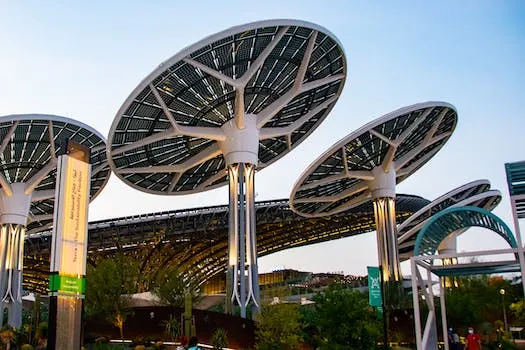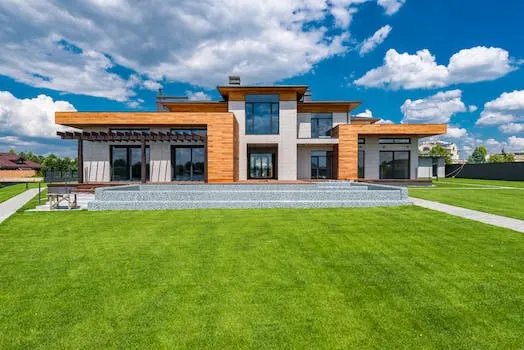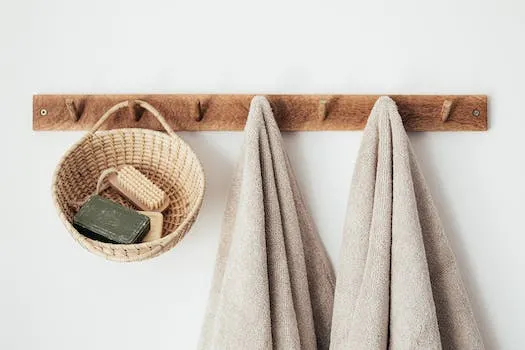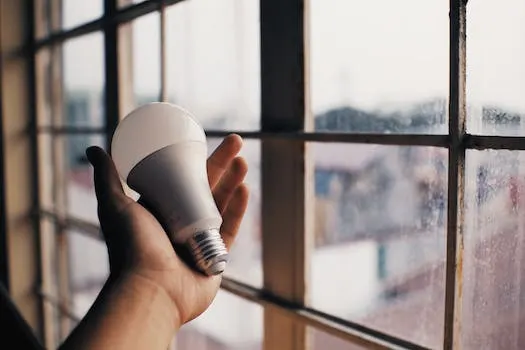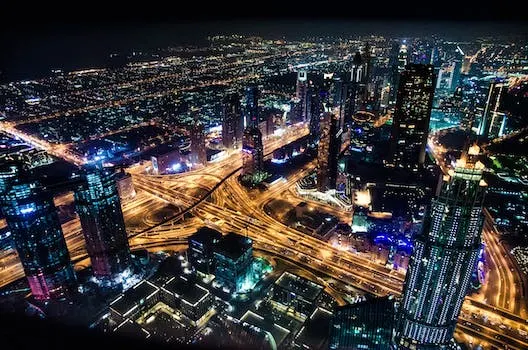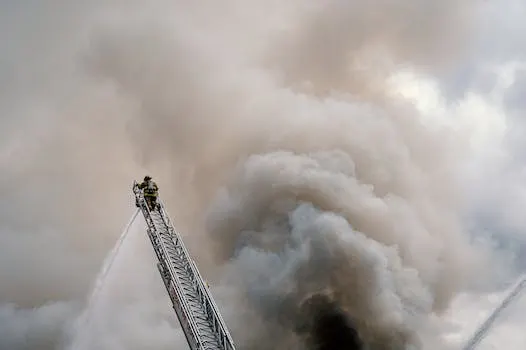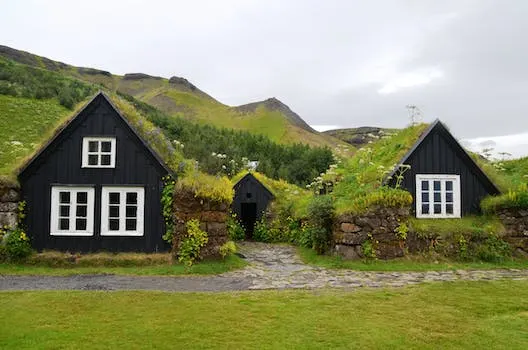
Harness the Benefits of Green Roofs for a More Sustainable Future
The introduction of green roofs into the urban environment is becoming increasingly important as we strive to create a more sustainable future. Green roofs are an effective way to reduce energy consumption, improve air quality, and create a healthier environment while also promoting biodiversity and reducing water runoff. By lowering air-conditioning demand, green roofs can decrease the associated air pollution and greenhouse gas emissions. Additionally, they contribute to restoring vegetation in the urban environment, increasing biodiversity and adding aesthetic value to cities that have been adversely impacted by climate change. Green roofs can also greatly reduce electricity usage, improving air quality and shrinking our carbon footprint. As nature-based solutions (NBS), green roofs provide ecosystem services in urban areas such as improved storm-water management which helps mitigate flooding risks caused by heavy rainfall or snowmelt events. The science is clear: if we are to avoid the worst impacts of climate change, emissions need to be reduced by almost half by 2030 and reach net-zero by 2050; making green roof technology an essential part of our sustainable future.
What is a Green Roof?
Green roofs are an innovative way to make a building more sustainable and environmentally friendly. They consist of a waterproof membrane, growing medium, and vegetation that is planted on the roof. This system provides insulation, absorbs and stores rainwater, reduces noise pollution, and creates habitats for birds and other animals. Green roofs also have the ability to absorb water like a sponge when it rains which helps alleviate the urban heat island effect by reducing surface temperatures through natural insulation. Additionally, green roofs improve air quality by filtering pollutants from the air as well as providing oxygen through photosynthesis. The installation of green roofs requires high quality waterproofing materials along with root repellent systems and drainage systems in order to ensure that they are properly functioning. With all these benefits combined, green roofs can be an effective tool for creating a more sustainable future for our cities.
The Benefits of Green Roofs
Green roofs offer a number of benefits for both the environment and people. They can reduce energy consumption by providing insulation, which keeps buildings cooler in warm weather and warmer in cold weather. This reduces the need for air conditioning and heating, which can be costly and energy intensive. Green roofs also improve air quality by trapping pollutants and providing habitat for beneficial insects, such as bees, which help to pollinate plants. In terms of water management, green roofs absorb rainwater, reducing runoff and helping to prevent flooding downstream while reducing pressure on sewers and other water systems. Finally, green roofs provide habitats for birds and other wildlife that promote biodiversity while making cities more pleasant places to live.
Green roof systems are designed with energy efficiency in mind; they remove heat from the air through evapotranspiration as well as act as insulators for buildings. This helps reduce energy consumption by up to 23% when it comes to heating costs or 75% when it comes to air conditioning costs - saving about 150 MJ every year! Additionally, green roofs save homeowners on cooling costs due to their leafy cover that cools the air through evaporation while providing shade - similar effects are seen with cool roofing designs that reflect more sunlight than conventional roofing materials absorbing less solar energy resulting in lower temperatures within a building. All these features combined make green roofs an excellent choice when looking into sustainable solutions that will help reduce cooling costs over time!
How to Implement Green Roofs
Green roofs are an increasingly popular way to make buildings more sustainable and reduce their environmental impact. Green roofs, also known as 'vegetated roofs' or 'living roofs', can be implemented on both existing and new buildings. On existing buildings, Green roofs can be installed on top of the existing material, while on new buildings they can be designed from the start with vegetation integrated into the structure. There are two main types of green roof systems: modular systems and loose systems. Modular systems come with drainage layers, filter cloths, growing media and plants already prepared in movable grids or mats that interlock together for easy installation. Loose systems involve spreading a layer of soil over a waterproof membrane before planting vegetation directly into it. Brown roofs are a type of vegetated roof system designed specifically to provide a biologically diverse habitat for wildlife such as birds and insects. In 2010 Copenhagen began requiring green roofs on all new commercial buildings with a roof slope of less than 30 degrees, while in 2016 the city of Toronto passed legislation making it mandatory for all newly constructed residential and commercial developments to include some form of green infrastructure such as green walls or living rooftops. Green roof designs can range from small low-cost solutions to larger more complex designs depending on budget constraints; however it is important to consult with professionals when designing these systems in order to ensure that they meet local regulations and are correctly installed for optimal performance.
Conclusion
In conclusion, green roofs are an effective way to reduce energy consumption, improve air quality, and create healthier environments. They can also help to promote biodiversity and reduce water runoff. Green roofs can reduce the rate of runoff from a roof by up to 65%, add 3 hours of insulation in the summertime, provide a rainwater buffer, purify the air, reduce the ambient temperature, regulate indoor temperature and save energy. Additionally they have excellent noise attenuation properties which can help to reduce sound from outside by 40 decibels. Furthermore green roofs help to improve communities by improving air quality, storm water management and water quality as well as reducing heat “islands”. As climate change becomes increasingly evident it is clear that green roofs can play an important role in helping to create a more sustainable future for generations to come.


